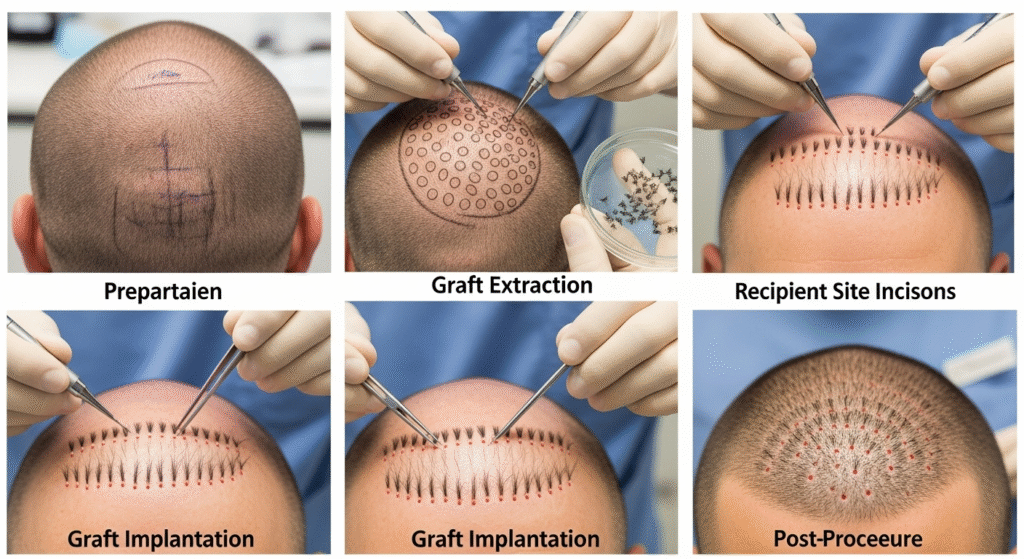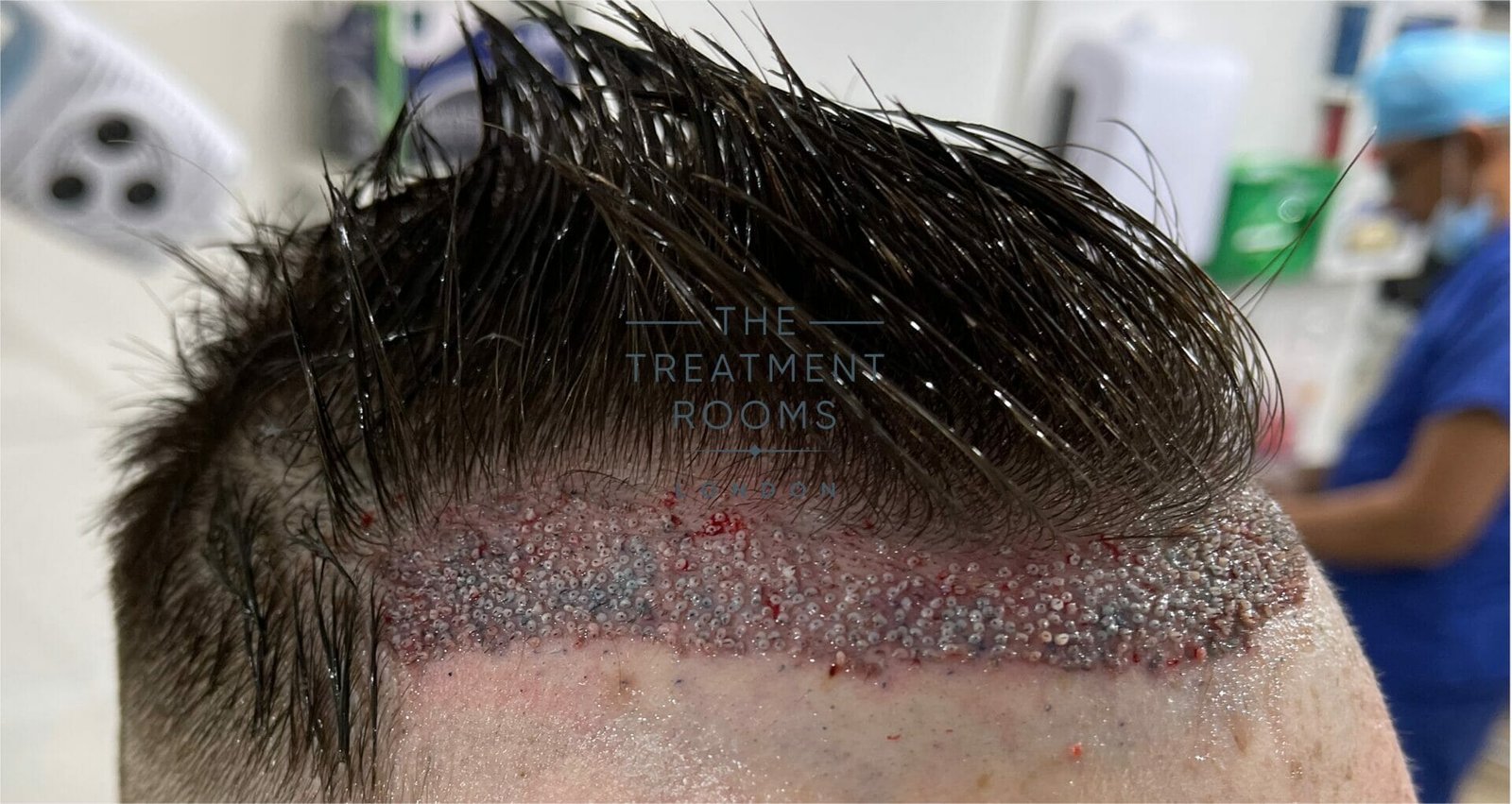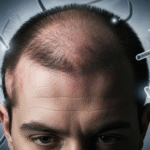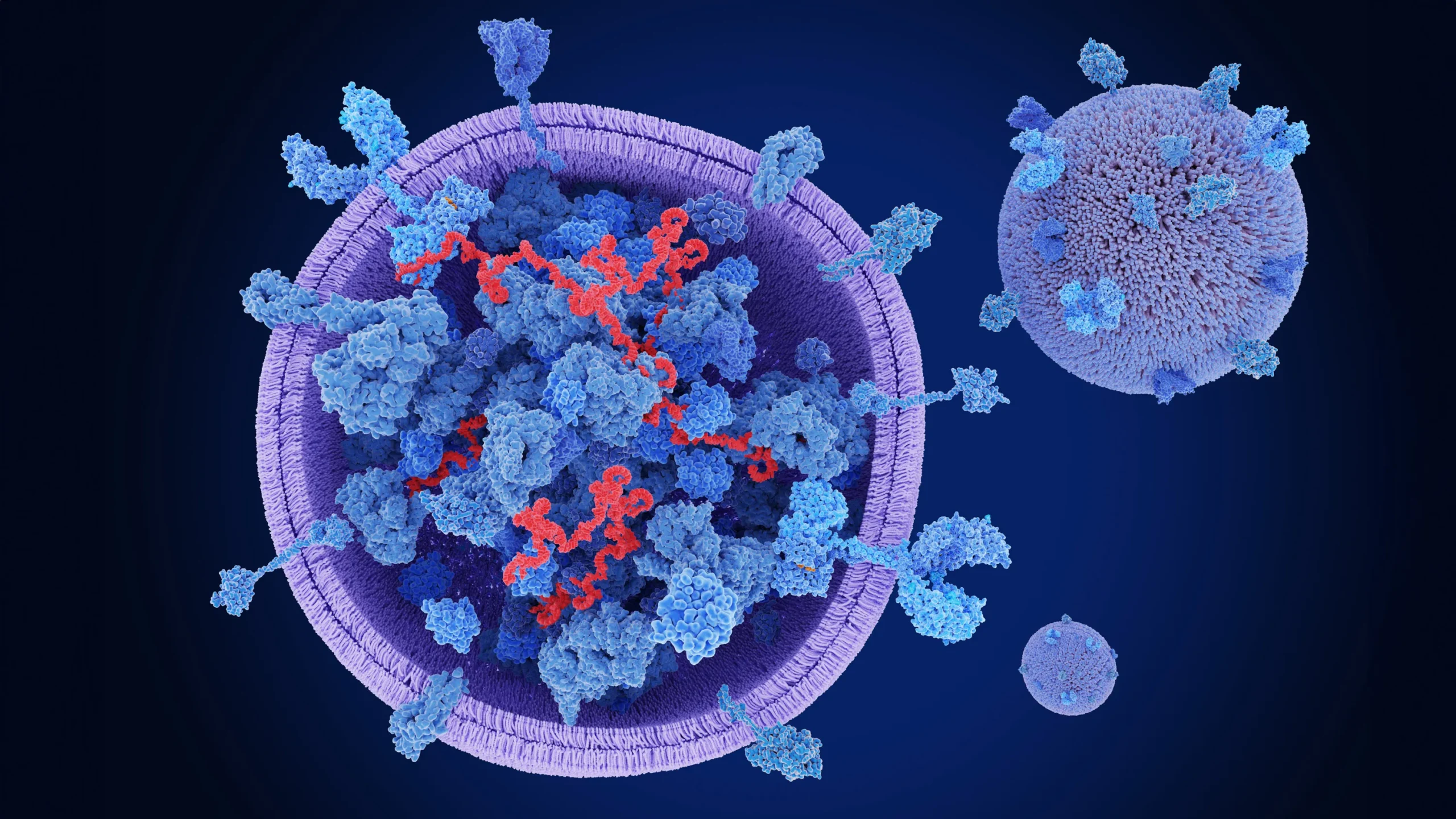Concerned that the hair transplant process seems complex or confusing? This guide breaks down the hair transplant process into clear, expert-recommended steps—from your initial consultation and choosing between FUE or FUT, through surgical day, to recovery milestones and real patient experiences. You’ll gain confidence with a roadmap that emphasizes preparation, safety, and what to expect …
Concerned that the hair transplant process seems complex or confusing? This guide breaks down the hair transplant process into clear, expert-recommended steps—from your initial consultation and choosing between FUE or FUT, through surgical day, to recovery milestones and real patient experiences.
You’ll gain confidence with a roadmap that emphasizes preparation, safety, and what to expect along the journey.

Initial Consultation and Preoperative Planning
Your journey begins with an initial consultation, where a qualified surgeon evaluates your scalp, hair density, and overall health. Expect a personalized discussion on your goals, realistic outcomes, and potential timelines. The clinic may use tools like a laxometer to assess scalp looseness and follicular density tests to plan graft needs.
Before surgery, you’re typically advised to stop taking blood-thinning medications such as aspirin or herbal supplements that can affect bleeding. Smoking and alcohol should also be avoided to support healthy graft survival and healing.
Choosing the Right Technique: FUT vs. FUE
FUT (Follicular Unit Transplantation)
In FUT, a strip of scalp is removed from the donor area, then dissected into follicular units. This method can yield a high number of grafts in a single session but leaves behind a linear scar.
FUE (Follicular Unit Extraction)
FUE uses a tiny punch tool to individually extract follicles from the donor site, resulting in minimal scarring. Recovery is typically quicker, and many patients prefer it for its discreet outcome.
Pro Tip: FUT may suit those needing large coverage in one session, while FUE offers a more gradual and cosmetically favorable path with less downtime.
Surgery Day: What to Expect in the Hair Transplant Process
On the day of surgery:
- Anesthesia & Preparation: The scalp is cleaned and numbed using local anesthesia. You may be lightly sedated for comfort.
- Harvesting: Depending on your chosen method, the surgeon either removes a strip (FUT) or punches out follicles one by one (FUE).
- Graft Preparation: Extracted follicles are carefully counted, stored in a cooling solution, and prepared for implantation.
- Recipient Site Creation: Tiny incisions are made in the thinning area, keeping natural angle and hair direction in mind.
- Placement: Grafts are placed meticulously to mimic natural growth patterns. The entire procedure can take several hours depending on the graft count.
Immediate Aftercare and Recovery Protocols
Days 1–3: Critical Healing Phase
Expect mild swelling, scabbing, and tenderness around both donor and recipient areas. Sleeping with your head elevated at a 45-degree angle minimizes swelling and protects new grafts.
Days 4–7: Scab Formation & Beginning Healing
Scabs form around grafts, which is normal. You may notice early “shock shedding”—don’t be alarmed, as only the shaft falls, not the root.
Weeks 2–4: Shedding and Early Growth
The transplanted hairs may shed entirely. This phase is expected and temporary. As the scalp heals, new follicles begin rebuilding hair.
Months 3–6: Emerging New Growth
Fine hairs start to appear. You may still see patchiness, but growth gradually becomes thicker and stronger around the 4–6 month mark.
Months 6–12+: Final Maturation
Hair growth typically accelerates with increased thickness and natural appearance. Full results often appear between 12 and 18 months.
Managing Risks and Ensuring Success
Be aware of common risks such as infection, bleeding, or poor graft survival. To mitigate them:
- Choose a reputable clinic with experienced surgeons and transparent reviews.
- Follow post-op instructions, including medications and dressing care.
- Avoid strenuous exercise, swimming, or direct sun until cleared by your doctor.
- Eat nutrient-rich meals and stay hydrated to support recovery.
The Role of Nutrition and Lifestyle in Hair Transplant Success

While the surgical skill of your doctor is critical, your post-transplant lifestyle can greatly influence the final results. A diet rich in protein, iron, zinc, and vitamins (especially biotin and vitamin D) supports follicle health and accelerates hair growth.
Staying hydrated helps maintain scalp moisture and elasticity, which is vital during healing. Patients who also quit smoking and limit alcohol intake typically report faster recovery times and higher graft survival rates.
The Psychological Boost of a Successful Hair Transplant
Hair restoration isn’t just about looks—it’s about reclaiming confidence. Many patients describe a renewed sense of self-esteem after seeing their hairline restored, which positively impacts their social interactions, career confidence, and even personal relationships.
Mental well-being is closely linked to self-image, and a successful hair transplant often acts as a powerful motivator for further positive lifestyle changes.
Why Patience is Your Greatest Asset
One of the most important yet overlooked aspects of the hair transplant process is patience. Unlike cosmetic procedures with instant results, hair growth is gradual. Some patients feel anxious during the shedding phase or early patchy stages, but understanding the natural growth cycle can help you remain calm.
By trusting the process and following your surgeon’s advice, you’ll give your follicles the best chance to thrive and deliver the full, natural results you’re aiming for.
FAQs
Is the procedure painful?
Most patients describe mild discomfort, well-managed with anesthesia.
When can I return to work?
Light work is usually possible within a week; avoid heavy exercise for 2–4 weeks.
When are final results visible?
Expect significant growth between 6–12 months, with full results by 18 months.
Can I style my hair post-transplant?
Yes—once scabs fall off and healing is confirmed, you can resume styling. Use gentle products initially.
Ready to Take the Next Step?
Understanding the hair transplant process empowers you to make confident decisions and manage expectations realistically. If you’re ready to explore your options further, schedule a consultation with Dr. Uzma Irfan, an ISHRS-certified surgeon in Islamabad today. Together, you’ll create a personalized plan tailored to your needs and pave the way for a successful transformation.






